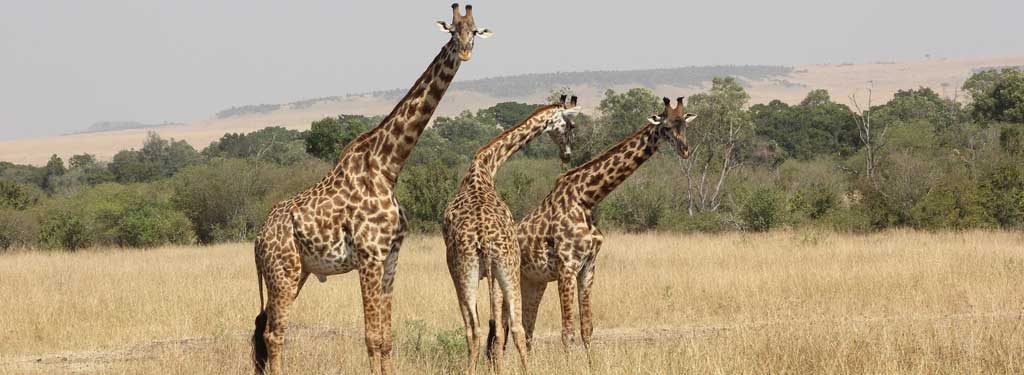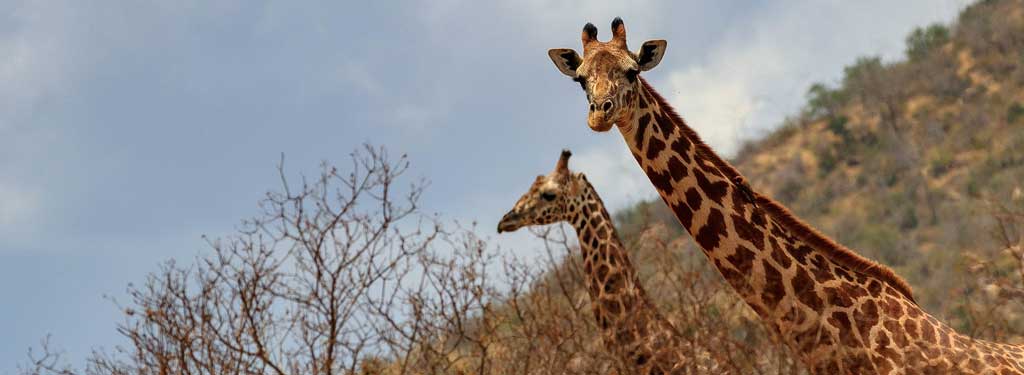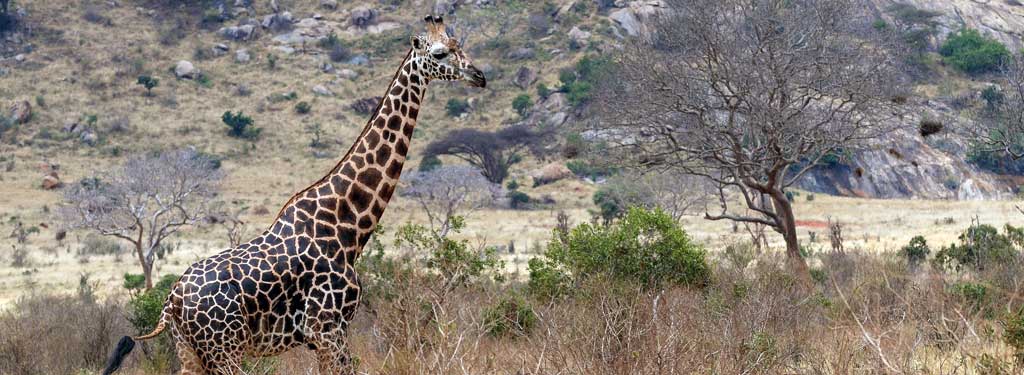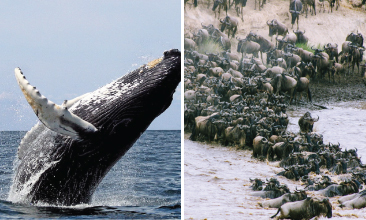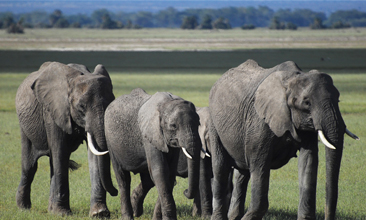Conservationists now have a reason to smile after countries voted on August 22, 2019, to end unregulated international trade in giraffe parts. This is the first time ever for the species to enjoy such protection.
The proposal to include the species in Appendix II of the Convention on International Trade in Endangered Species of Wild Fauna and Flora (or Cites) received overwhelming support from parties that were gathered in Geneva, Switzerland.
The champions of the proposal included member states from Kenya, Central African Republic, Mali, Niger, Chad and Senegal. They argued that all nine subspecies of giraffes across the range States must be protected to counter their dwindling populations. While the list cannot exterminate all international trade of the species, it will impose tough measure that will hamper countries wanting to buy and sell giraffe parts.

